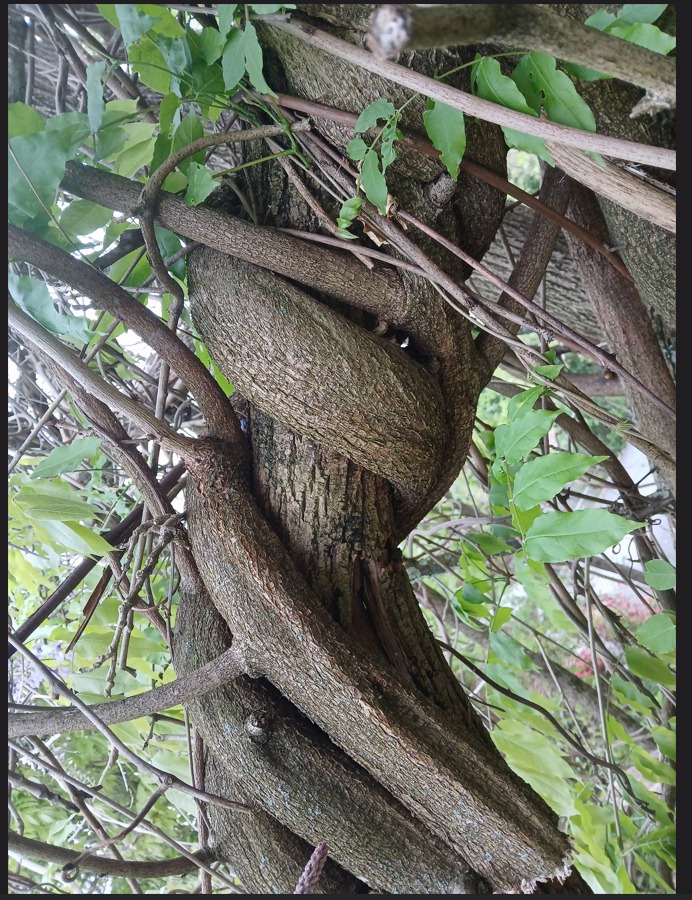
 By Daniel Brouse
By Daniel Brouse
Penn's Sylvania
Pennsylvania derives its name from the land grant bestowed upon William Penn. Penn's grant, known as "sylvania," translates to "forest" in Latin. Prior to the arrival of European settlers, the region was predominantly covered by vast expanses of dense forests, with a wide range of biodiversity and inhabited by indigenous peoples who relied on the land for sustenance and cultural practices.
In the 17th and 18th centuries, European settlers began to clear land for agriculture and settlement, leading to widespread deforestation in Pennsylvania. The demand for timber and wood products grew rapidly as the population expanded and industries such as shipbuilding, construction, and manufacturing developed. Logging became a prominent economic activity in Pennsylvania, with vast quantities of timber harvested. By the 19th century, Pennsylvania had become one of the leading timber-producing states in the United States, with extensive logging operations throughout the region. The emergence of the lumber industry brought prosperity to many communities but also led to widespread environmental degradation, including soil erosion, loss of biodiversity, and disruption of watershed systems.
As concerns grew over the sustainability of logging practices and the conservation of natural resources, efforts were made to regulate and manage forest resources more effectively. In the late 19th and early 20th centuries, the conservation movement gained momentum, leading to the establishment of state and federal agencies tasked with overseeing forestry and conservation efforts.
A Troubling Decline
In Pennsylvania, the once lush and verdant tree canopy is now facing a troubling decline, as the old growth trees succumb to the relentless pressures of human activities. The consequences of this ecological imbalance reverberate through the forest, as vines empowered by the thinning canopy are able to reach higher.
As these vines ascend to new heights, they cover and kill the venerable trees below. The intricate balance of nature is disrupted, as the loss of the old growth trees impacts biodiversity, soil stability, and wildlife habitats.
The gradual encroachment of vines into the upper reaches of the forest canopy represents a poignant symbol of the broader environmental challenges facing Pennsylvania and beyond. It serves as a stark reminder of the interconnectedness of all living beings and the urgent need for stewardship and conservation to preserve the natural wonders that enrich our lives.
Reforestation efforts face challenges due to shifting temperate zones. As observed in Canada, where wildfires have devastated old-growth forests, replanting the same species may not be effective if climatic conditions have altered significantly, potentially preventing the new trees from reaching maturity. Thus, adaptive management strategies that consider future climatic scenarios are essential for effective reforestation.
Ozone and the Biofuel Paradox: Ethanol's Role in Pollution
One of the more troubling contributors to tropospheric ozone is the increased use of ethanol in gasoline. Over the past few years, ethanol has become a mandated additive to gasoline blends, touted as a cleaner alternative to traditional fossil fuels. For example, in Pennsylvania, a 10% ethanol blend in gasoline and a 30% ethanol blend in diesel fuel are required to reduce harmful emissions. However, this practice has resulted in unintended consequences -- specifically, the creation of more ozone.
A study published in Nature Geoscience in September 2024, titled Reduced productivity and carbon drawdown of tropical forests from ground-level ozone exposure, sheds new light on the far-reaching effects of tropospheric ozone. The study reveals that elevated ground-level ozone -- largely the result of human activities -- has a severe impact on plant productivity, particularly in tropical forests, which play a critical role in the global carbon cycle.
The researchers experimentally measured the ozone susceptibility of various tropical tree species and incorporated this data into a dynamic global vegetation model. Their findings are alarming: they estimate that human-derived ozone causes a substantial decline in net primary productivity (NPP) across all tropical forests, with regions like Asia experiencing losses of up to 10.9%. This reduction in productivity translates into a cumulative loss of 0.29 petagrams of carbon (PgC) per year, equating to roughly 17% of the tropical land carbon sink since 2000. Ozone, therefore, not only harms human health but also disrupts critical natural processes that help mitigate climate change by removing carbon dioxide from the atmosphere.
About U.S. Temperate Zones
Climate change is significantly impacting the temperate zones in the United States in several ways:

Overall, climate change is reshaping the environmental, social, and economic landscapes of temperate zones in the United States, underscoring the need for proactive measures to mitigate its impacts and enhance resilience in affected regions. Regrettably, trees find themselves rooted in their temperate zones, unable to embark on the migratory journeys undertaken by some other species to seek refuge in more hospitable environments.
ALSO SEE:
The Silent Unraveling of Forests: Ozone Stress, Climate Change, and Resilient Tree Species Brouse (2025)
Carbon Sequestration: Planting Trees is Greenwashing Brouse (2023-2024)
Soil Degradation and Desertification Brouse (2024)
The Philadelphia Experiment: a Study on the Reign of Violent Rain Brouse (2024)
Hypothesis: Plymouth Meeting is the cradle of climate change. Brouse (2024)
How is All Real Estate at Risk From Climate Change? Brouse and Mukherjee (2024)
Flood Insurance Brouse and Mukherjee (1995-present)
* Our climate model employs chaos theory to comprehensively consider human impacts and projects a potential global average temperature increase of 9℃ above pre-industrial levels.
What Can I Do?
There are numerous actions you can take to contribute to saving the planet. Each person bears the responsibility to minimize pollution, discontinue the use of fossil fuels, reduce consumption, and foster a culture of love and care. The Butterfly Effect illustrates that a small change in one area can lead to significant alterations in conditions anywhere on the globe. Hence, the frequently heard statement that a fluttering butterfly in China can cause a hurricane in the Atlantic. Be a butterfly and affect the world.
The Human Induced Climate Change Experiment